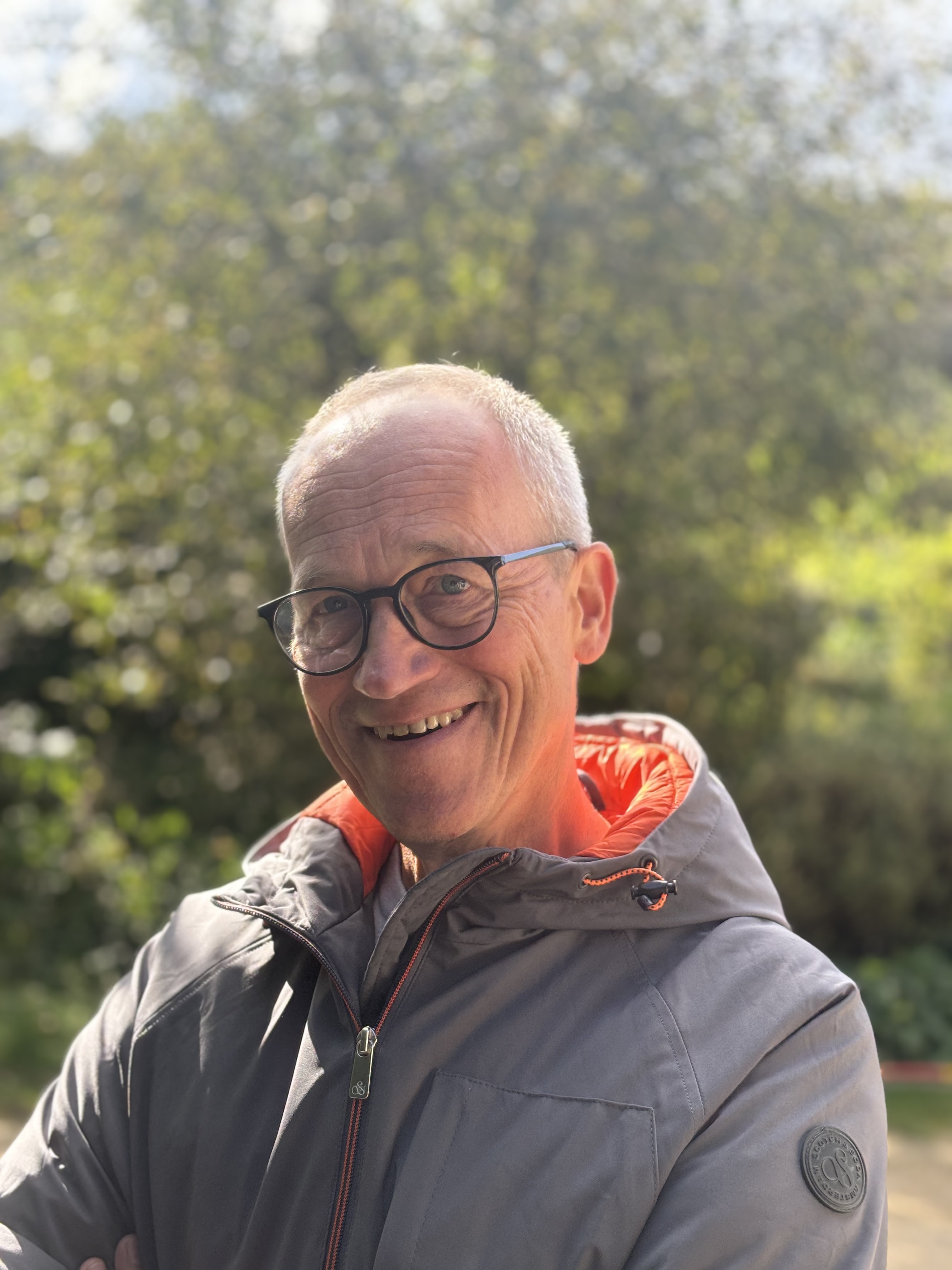The Maison de la Nature, the former "Kräizhaff" farm, also known as the Schnappshaff, was built in the 1820s in Kockelscheier, on land belonging to the commune of Roeser.
In the 1970s, the site was bought by the City of Luxembourg and renovated. It wasn't until 1994 that the Maison de la Nature and the adjoining grounds were made available to the "nature activities" department of the City of Luxembourg's education service, to natur&ëmwelt a.s.b.l., and to the Fondation Hëllef fir d'Natur.
Today, the Maison de la Nature is a center for documentation, information, awareness-raising and education in sustainable development and nature protection.
The Kalborn mill in the Our valley was first mentioned in 1728. Initially a common mill belonging to the lords of Clervaux, the Kalborn mill was a custom mill until the First World War, meaning that the miller travelled to the surrounding villages with his team to collect the grain. It wasn't until the mid-19th century that the mill was enlarged and equipped with three millstones. From then on, farmers brought their own grain to be ground. During the Second World War, the German occupation brought the mill to a halt, and it was never used again. Nevertheless, the mill remained inhabited until 1982.
In 1997, the Hellef fir d'Natur Foundation purchased the mill and converted it into a breeding and biological research station for the rare and highly endangered pearl mussel (Margaritifera margaritifera).
Today, the renovated buildings of the Kalborn mill house the Water Discovery Center (WEZ), the freshwater mussel breeding station and the Natura 2000 room.
Supported by the commune of Clervaux from the outset in 1998, the Antenne Nord was created to be as close as possible to our major nature reserves such as Cornelysmillen.
Initially based in Munshausen, then in Heinerscheid, the Antenne Nord is now located in Marnach, in a community house. It is not only an information center, but also an office for all the Foundation's environmental projects in the north of the country.
In Schwebsange, on the banks of the Luxembourg Moselle, the Fondation Hëllef fir d'Natur took over the Mediterranean garden created over the past 30 years by Charles Roovers and Dieter Lingener at the end of 2009.
In 2012, the former small barn was converted into a cold house for overwintering plants in tubs, and is available to visitors to the garden and the center's activities in summer. The upper floor houses the center's offices and a reference library containing horticultural literature, also accessible to visitors.
The Ecological Cultivation Center is the point of contact for visitors and garden enthusiasts, where numerous activities are organized throughout the year.
.jpeg)
.jpeg)


.jpeg)
.jpeg)
.jpeg)
.jpeg)

.jpg)
.jpeg)
.jpeg)

.jpeg)
.jpeg)


.jpeg)
.jpg)

.jpeg)


.jpeg)
.jpeg)
.jpg)
.jpeg)
